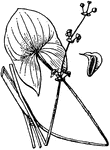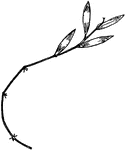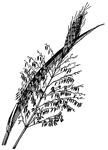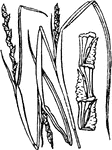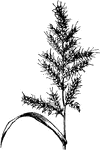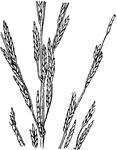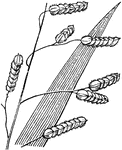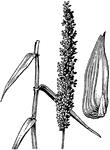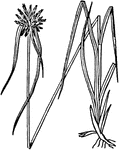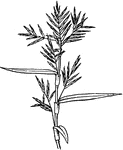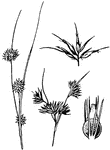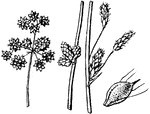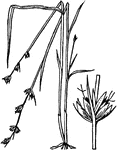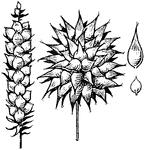
Tiger Head
"Felidæ or Felinæ is the cat tribe, a family of carnivorous quadrupeds, including the domestic…
Tripsacum
Inflourescences not expanded; the lower pistillate portion breaking up into bony, bead-like joints.
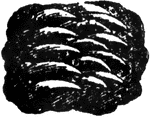
Partial Tiger Tongue
"Felidæ or Felinæ is the cat tribe, a family of carnivorous quadrupeds, including the domestic…
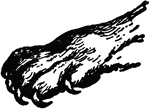
Tiger Paw
"Felidæ or Felinæ is the cat tribe, a family of carnivorous quadrupeds, including the domestic…
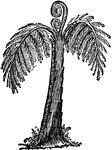
Giant Tree Fern
"The Fern is a leafy plant springing from a rhizome, which creeps below or on the surface of the ground…

Cladium
Spikelets with the uppermost scale only enclosing an achene; our commonest species has saw-edged. cutting…

Goosander
"The Goosander is a web-footed bird in the duck family. The adult male, which measures 26 inches in…

Goosander
"The Goosander is a web-footed bird in the duck family. The adult male, which measures 26 inches in…
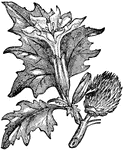
Thorn Apple
"Thorn Apple is a genus of plants. The common thorn apple is an annual plant, with smooth stem and leaves,…

Thorn Apple Bud
"Thorn Apple is a genus of plants. The common thorn apple is an annual plant, with smooth stem and leaves,…
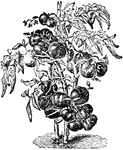
Tomato Plant
"Tomato, or Love Apple, is a plant of the natural order Solanaceæ. It is one of a genus of several…
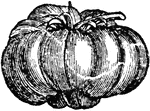
Tomato
"Tomato, or Love Apple, is a plant of the natural order Solanaceæ. It is one of a genus of several…
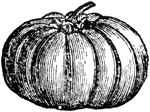
Tomato
"Tomato, or Love Apple, is a plant of the natural order Solanaceæ. It is one of a genus of several…

Trichina Spiralis
"Trichina Spiralis is the name given to a peculiar nematoid worm which inhabits the muscles, usually…

Trichina Spiralis
"Trichina Spiralis is the name given to a peculiar nematoid worm which inhabits the muscles, usually…

Double Tuberose
"Tuberose (Polianthus) is a genus of plants of the natural order Liliaceæ. The plant is in high…

Tussock Grass
"Tussock Grass is a large grass, same genus with the cock's-foot grass of the United States; native…

Valerian
"Valerian is an order of herbs or rarely shrubs belonging to the division of monopetalous dicotyledons…

Vetch Plant
"Vetch, Fetch, Fitch, and Tare are terms variously used to indicate the fodder plant. This genus consists…

Vetch Seed Pod
"Vetch, Fetch, Fitch, and Tare are terms variously used to indicate the fodder plant. This genus consists…

Viper's Bugloss
"Viper's Bugloss is a genus of plants. The species are large herbaceous plants or shrubs, rough with…
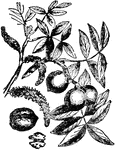
Walnut
"Walnut is a genus comprising seven or eight species of beautiful trees. The common walnut is a native…
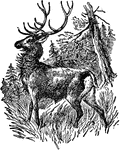
Wapiti
"Wapiti is the name given by the North American Indians to an animal, a native of North America, ranging…
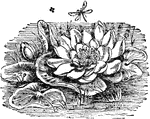
White Water Lily
"The Water Lily is an exogenous aquatic plant including eight genera, and all possessing submerged root…
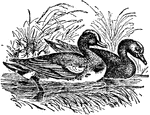
Wigeon
"Wigeon is one of the most popular birds with the American sportsman. Length about eighteen inches;…
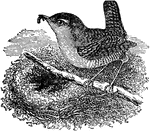
Wren
"Wren is a genus of birds, having a slender, slightly curved, and pointed bill; the wings very short…

Various forms of cells
"A, columnar cells found lining various parts of the intestines (called columnar epthelium);…

Broken Radius
"When a bone is broken, blood trickles out between the injured parts, and afterwards gives place to…
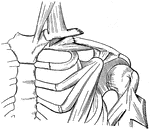
Broken Clavicle
"When a bone is broken, blood trickles out between the incjured parts, and afterwards gives place to…

Broken Tibia
"When a bone is broken, blood trickles out between the injured parts, and afterwards gives place to…
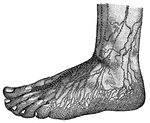
Superficial Lymphatics of the foot
"In nearly every tissue of the body there is a marvelous network of vessels, precisely like the lacteals,…
